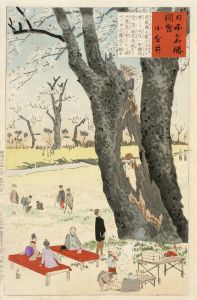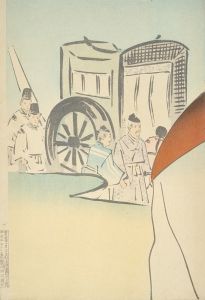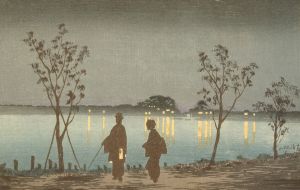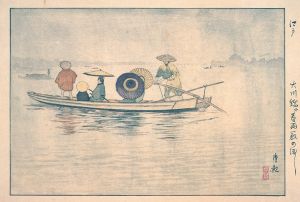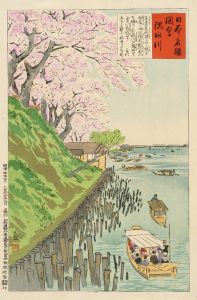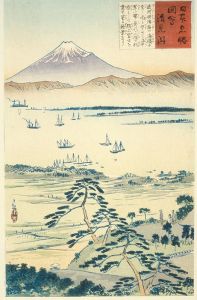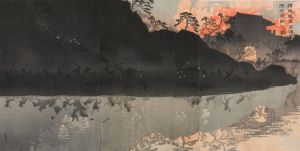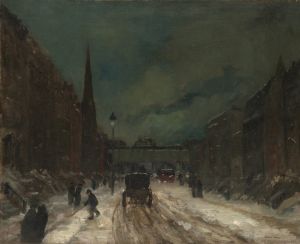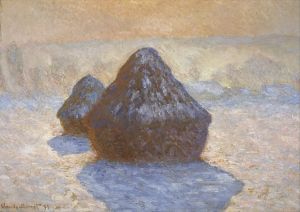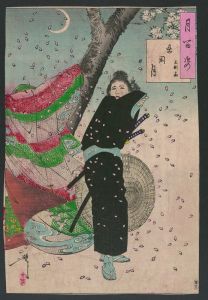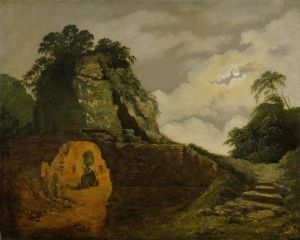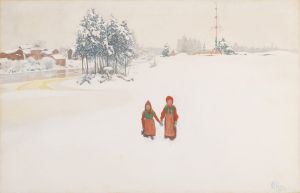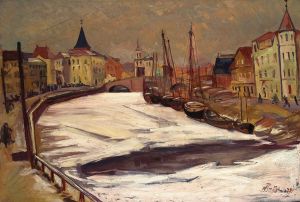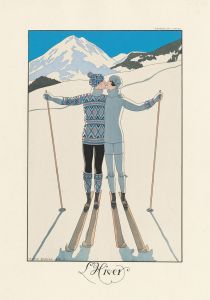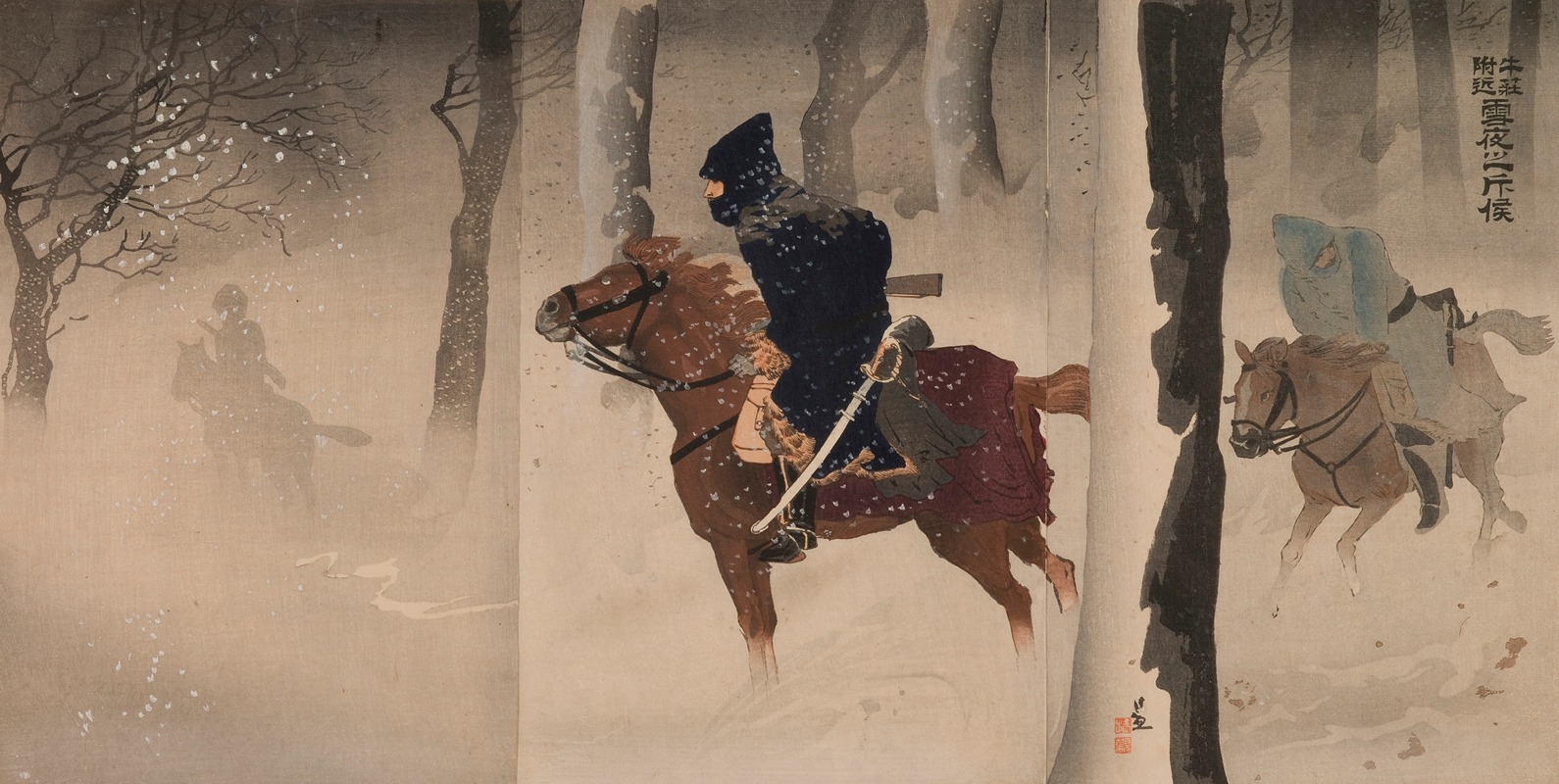
Scouts near Nuizhuang on a Snowy Night
A hand-painted replica of Kobayashi Kiyochika’s masterpiece Scouts near Nuizhuang on a Snowy Night, meticulously crafted by professional artists to capture the true essence of the original. Each piece is created with museum-quality canvas and rare mineral pigments, carefully painted by experienced artists with delicate brushstrokes and rich, layered colors to perfectly recreate the texture of the original artwork. Unlike machine-printed reproductions, this hand-painted version brings the painting to life, infused with the artist’s emotions and skill in every stroke. Whether for personal collection or home decoration, it instantly elevates the artistic atmosphere of any space.
"Scouts near Nuizhuang on a Snowy Night" is a woodblock print created by the renowned Japanese artist Kobayashi Kiyochika. Kiyochika, born in 1847 and active during the Meiji era, is celebrated for his innovative approach to ukiyo-e, a genre of Japanese woodblock prints and paintings. His works often reflect the rapid modernization and Western influence in Japan during the late 19th and early 20th centuries.
This particular print is part of a series that Kiyochika produced during the First Sino-Japanese War (1894-1895), a conflict between the Qing Dynasty of China and the Empire of Japan primarily over influence in Korea. The war marked a significant period in Japanese history, showcasing Japan's emergence as a modernized military power.
"Scouts near Nuizhuang on a Snowy Night" depicts a scene from this war, capturing Japanese scouts in the vicinity of Nuizhuang, a location in Manchuria, under the cover of night and snow. The use of snow in the composition not only adds a dramatic and atmospheric element but also highlights the harsh conditions faced by soldiers during the campaign. Kiyochika's attention to detail and his ability to convey mood through the interplay of light and shadow are evident in this work.
Kiyochika's prints from this period are notable for their departure from traditional ukiyo-e themes, which often focused on landscapes, kabuki actors, and scenes of everyday life. Instead, he embraced contemporary events, documenting Japan's military engagements and technological advancements. His work during the First Sino-Japanese War is characterized by a sense of realism and immediacy, capturing the tension and dynamism of modern warfare.
The artist's use of Western techniques, such as perspective and shading, is apparent in "Scouts near Nuizhuang on a Snowy Night." These techniques, combined with traditional Japanese aesthetics, create a unique visual style that distinguishes Kiyochika's work from that of his predecessors. His prints from this era are considered an important historical record, providing insight into Japan's nationalistic fervor and the societal changes occurring during the Meiji period.
Kiyochika's work was well-received in Japan, and his war prints, in particular, contributed to the popularization of the conflict among the Japanese public. They served as both propaganda and documentation, reinforcing national pride and the perceived righteousness of Japan's military actions.
Today, "Scouts near Nuizhuang on a Snowy Night" and other prints from Kiyochika's war series are studied for their artistic merit and historical significance. They are housed in various collections and museums, both in Japan and internationally, where they continue to be appreciated for their contribution to the evolution of Japanese art and their reflection of a pivotal moment in Japan's history.





